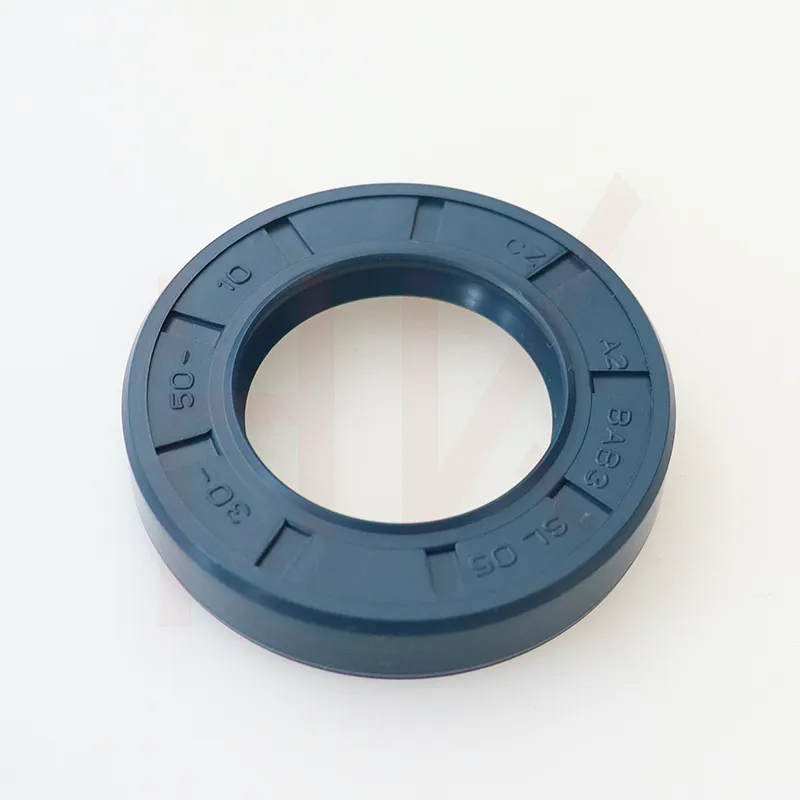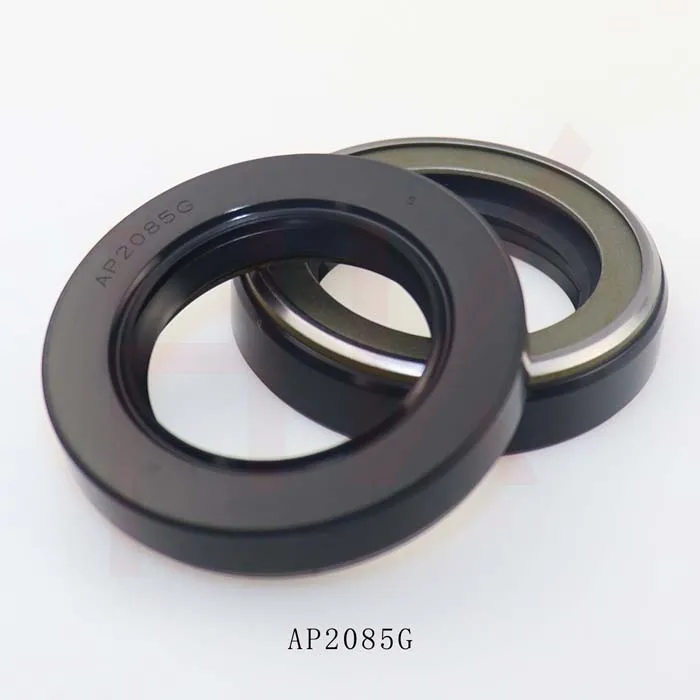Feb . 15, 2025 09:25 Back to list
hydraulic oil seal material


4. PTFE (Teflon) When chemical resistance and low friction are paramount, PTFE seals are exemplary. They function well across a wide temperature range, from -200°C to +260°C, complementing high-speed operations and chemically aggressive fluids. However, PTFE lacks elasticity, often necessitating the incorporation of an elastomeric part to improve sealing capabilities. 5. Silicone Rubber This material is favored in static sealing applications or where there are high temperatures up to +200°C. Its significant advantage lies in its ability to maintain flexibility at very low temperatures (-60°C), making it suitable for cold environments. However, resistance to oils and fuels is lower compared to materials like fluorocarbon. The decision-making process should also consider environmental factors and application-specific conditions. Consulting with seal manufacturers or specialists ensures a harmonious balance between performance and cost-effectiveness. Advanced hybrid materials and proprietary blends further augment this landscape, offering tailored solutions for novel or extreme environments. Emphasizing regular maintenance and inspection regimes is paramount. Even the most resilient materials will falter under neglected conditions. Establishing a protocol to monitor signs of wear, chemical damage, or thermal degradation ensures timely replacements and adjustment, mitigating operational risks. Hydraulic oil seals are more than mere components; they are the unsung heroes safeguarding machinery efficiency. The complexity and variability in material science offer tailored solutions, meriting careful analysis and selection befitting the system’s demands. By leveraging these insights and staying abreast of technological advancements, industry professionals can harness the full spectrum of hydraulic seal performance, ensuring operational excellence and technological innovation.
-
TCN Oil Seal Metal Ring Reinforcement for Heavy Machinery
NewsJul.25,2025
-
Rotary Lip Seal Spring-Loaded Design for High-Speed Applications
NewsJul.25,2025
-
Hydraulic Cylinder Seals Polyurethane Material for High-Impact Jobs
NewsJul.25,2025
-
High Pressure Oil Seal Polyurethane Coating Wear Resistance
NewsJul.25,2025
-
Dust Proof Seal Double Lip Design for Construction Equipment
NewsJul.25,2025
-
Hub Seal Polyurethane Wear Resistance in Agricultural Vehicles
NewsJul.25,2025
-
The Trans-formative Journey of Wheel Hub Oil Seals
NewsJun.06,2025
Products categories
















